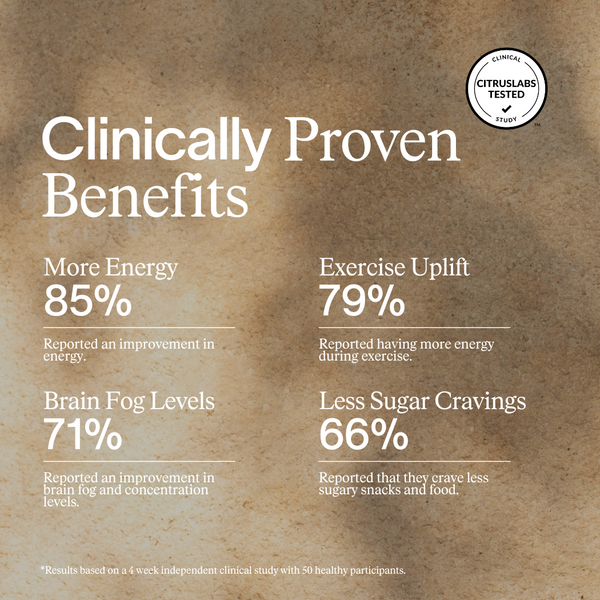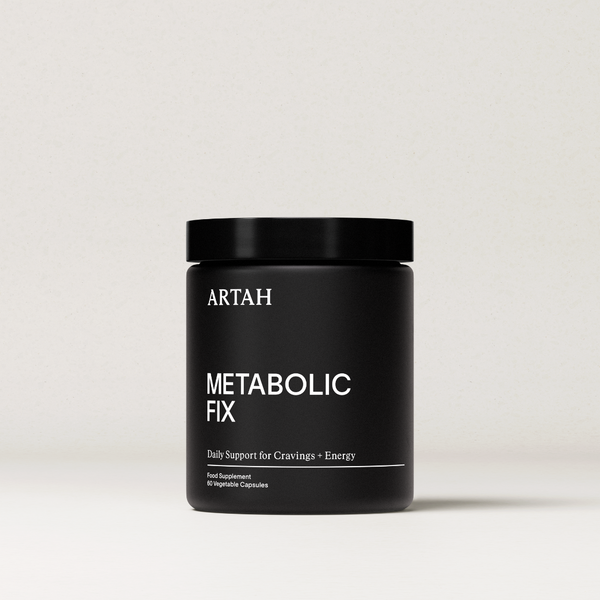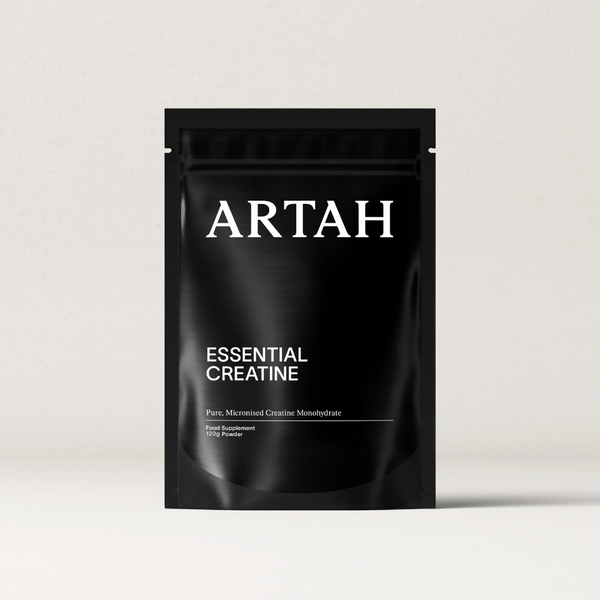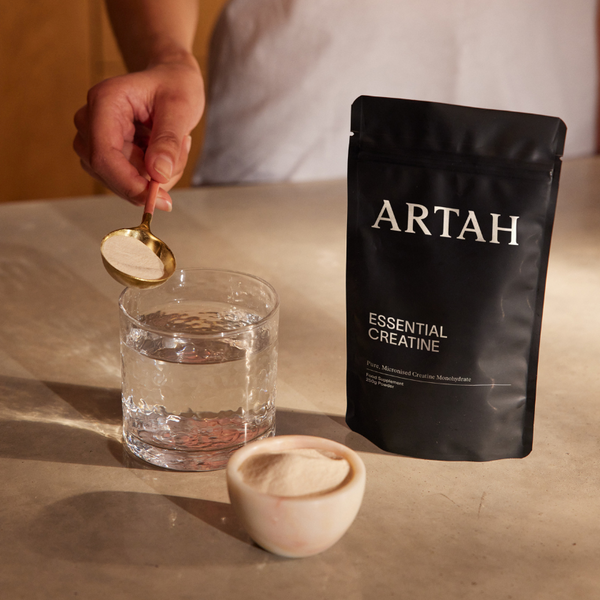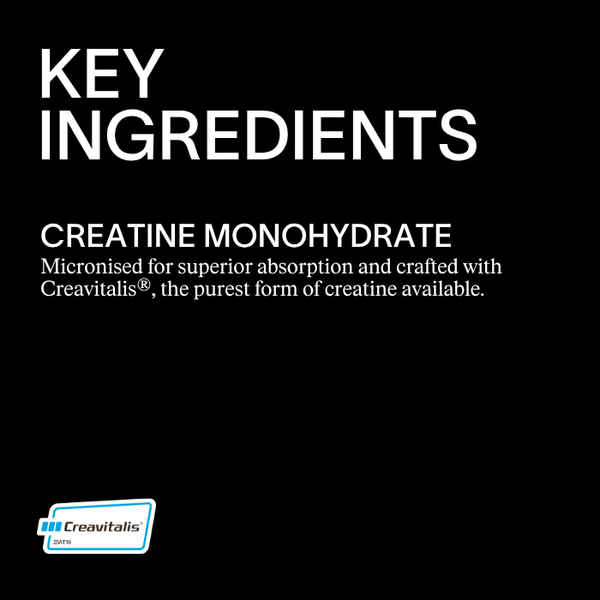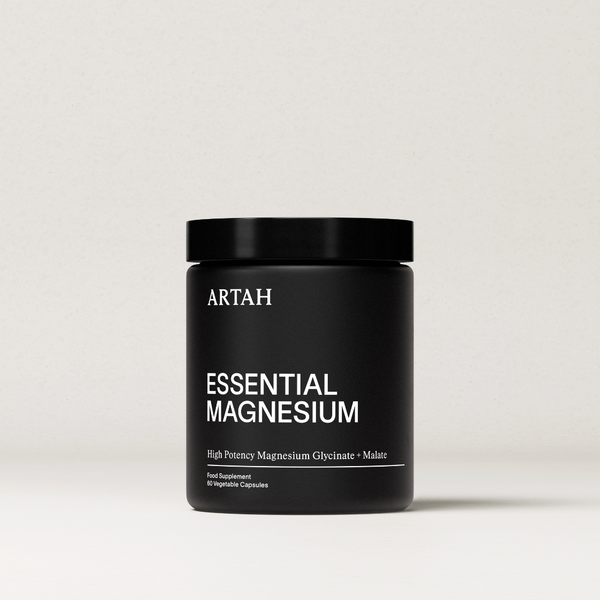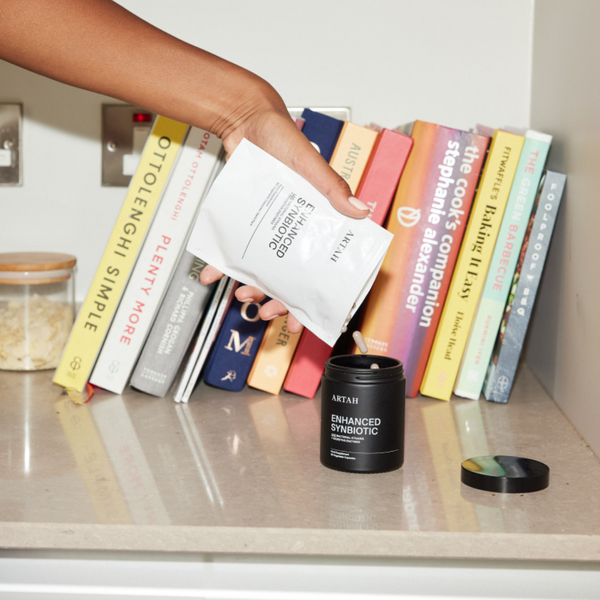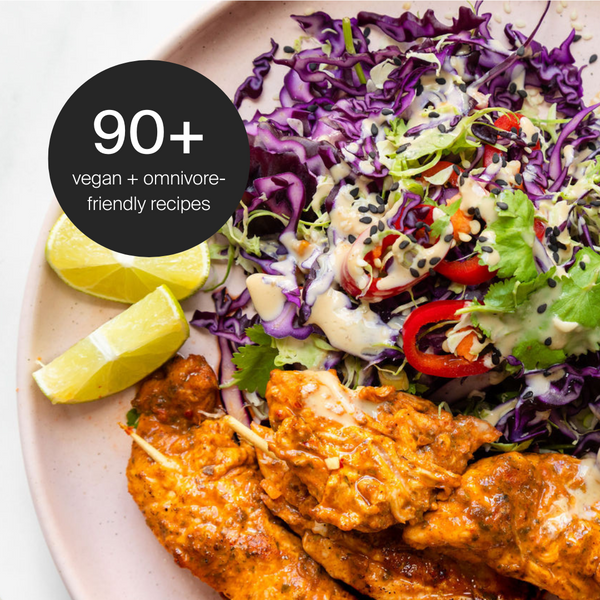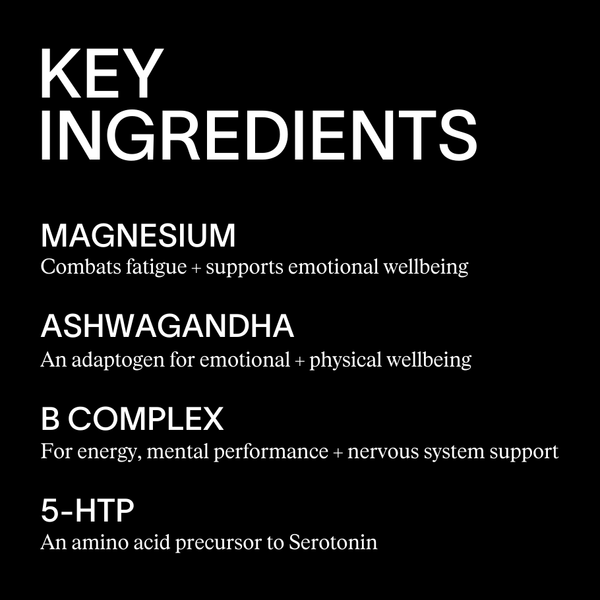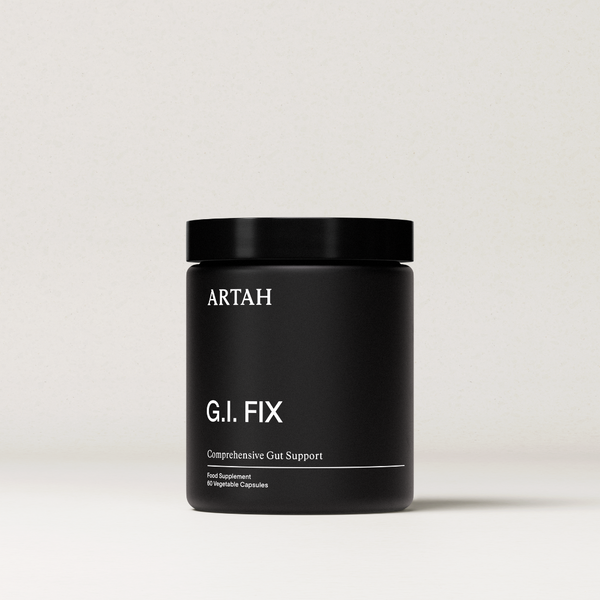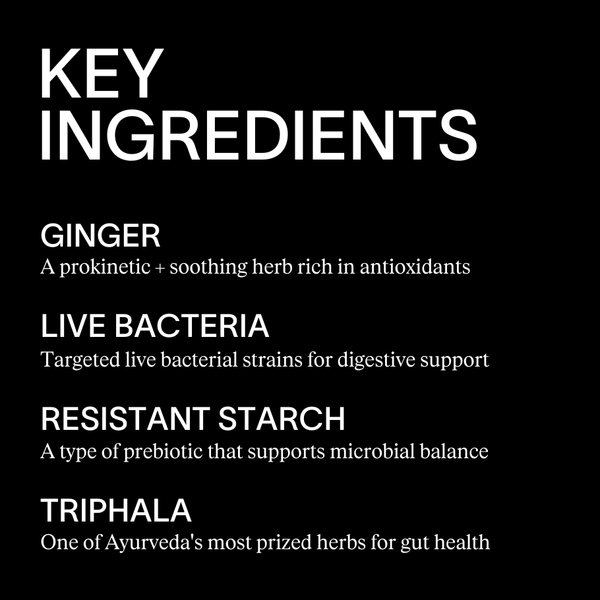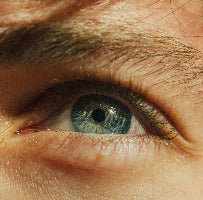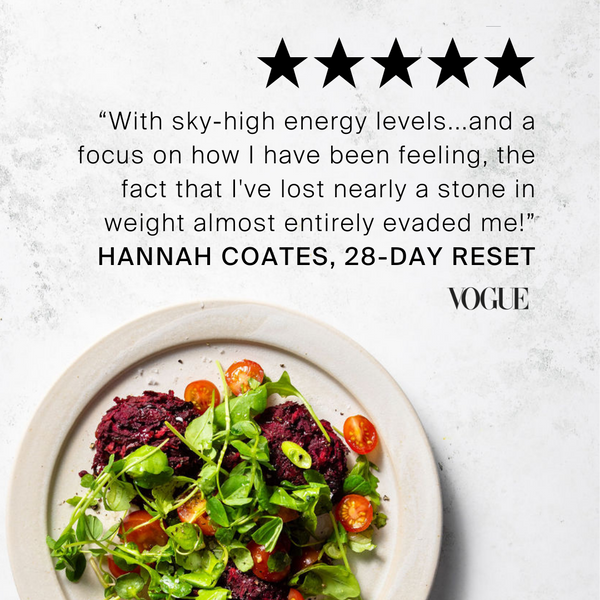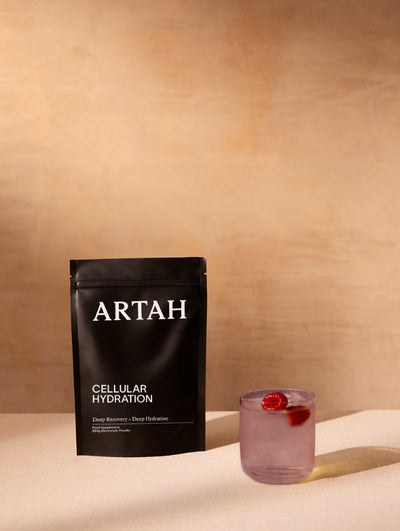Iron is an essential trace mineral required to produce hemoglobin - the protein in our red blood cells that carries oxygen to our tissues - and myoglobin - the protein in our muscles that stores oxygen. Even though it’s readily available in food, Iron deficiency is a common problem; especially for women. Lack of Iron can cause a range of issues, from headaches and altered immunity to fatigue and shortness of breath. Here are some of the tell-tale signs you need more.
You’re fatigued.
Fatigue is often the number one symptom of Iron deficiency. When we lack Iron, we’re unable to produce enough hemoglobin, the protein in red blood cells that carries oxygen throughout the body. Without hemoglobin, we aren’t able to get enough oxygen to our tissues to function optimally, and less efficient oxygen delivery means less energy.
Your hands and feet are always cold.
Some of us just run cooler than others, but if you suddenly find yourself having abnormally cold (for you) hands and feet, it could be a sign of low Iron. This is because when we have less oxygenated blood circulating to our extremities, they can feel cold. Whilst this isn’t a universal sign of low iron, if it’s new for you, and is accompanied by other signs or predisposing factors, it’s worth investigating.
Your have koilonychia.
Or in layman's terms, your nails are soft or brittle and have a spoon shaped dent in them. This will often start with a flattening of the nails, which eventually leads to the formation of an indentation. This can be a sign of other conditions, like hypothyroidism, so if it’s pronounced or has come on suddenly, it’s worth getting investigated.
You have shortness of breath.
Shortness of breath can be caused by a number of different conditions, and it’s one of those symptoms that you should always get checked by your doctor. It comes back to Hemoglobin and proper oxygenation of the tissues; if this is impaired, then the body is going to need to work harder to get more oxygen, which can lead to more rapid and shallow breathing.
You’re dizzy and/or have frequent headaches.
Because your brain may be receiving less oxygen than it needs to work efficiently, headaches are often the norm if you’re suffering from Iron deficiency. Studies have shown that up to 80% of people with anemia have headaches, and 36% have migraines (1) .
You’re anxious and irritable.
Because you may be dealing with headaches, fatigue, and general sluggishness, being anxious and irritable often accompanies Iron deficiency. It works both ways; research has shown that low Iron can exacerbate symptoms of anxiety, depression, sleep disorders, psychotic disorders and schizophrenia (2).
How do you know you’re at risk?
You’re a vigorous exerciser in your menstrual years.
Women are already more predisposed to anemia or iron deficiency because of the recurrent blood loss we experience from our monthly menstrual cycle, and athletes or vigorous exercisers, are at a greater risk. Whilst the prevalence of anemia in the general population is 5%, the risk for female athletes rises to 35%. Post-exercise, we have an inflammatory response which can affect the body’s ability to absorb iron for up to 6 hours (PSA: time your steak accordingly). It also raises a hormone called hepcidin, which is involved in the regulation of Iron regulation. Finally, Iron is also lost through sweat, so endurance runners, cyclists, and cardio enthusiasts tend to be at a greater risk (3,4) .
You’re pregnant.
During pregnancy, our blood volume increases by upwards of 45%, so our Iron requirements rise dramatically. The need for extra Iron begins in the second trimester, and in addition to being vital for the oxygenation of your tissues, it is also involved in your baby’s growth and neurodevelopment. It’s worth proactively supplementing with Iron from the second trimester onwards with a formula that’s suitable for pregnancy, like Essential Iron.
You have a medical condition that makes you more vulnerable.
Certain medical conditions can increase your risk for Iron deficiency or anemia, including:
- Hypothyroidism
- Inflammatory bowel disease
- Endometriosis
- Stomach ulcers
In addition to medical conditions, childbirth, surgery, menorrhagia (heavy periods), frequent and heavy nosebleeds, or any other accident or injury that involved blood loss can increase the need for Iron.
You don’t get enough dietary Iron.
There are two types of dietary iron – heme iron and non-heme iron. Heme Iron is found in animal-based foods, whereas non heme iron is found in plant-based foods. The best sources of heme iron include game meats like bison and venison, beef, the dark meat in poultry, sardines and clams. The best sources of non-heme iron include lentils, spinach, black beans, quinoa, spirulina (1 tbsp) and broccoli, however, non-heme iron is not absorbed as well by the body as heme iron. It’s also important to be mindful of what you combine your Iron-based foods with; dairy products, coffee, and tea will decrease absorption. Vitamin C and fermented foods (or probiotics) will increase its absorption, which is why you’ll find Vitamin C and Acidophilus in our Essential Iron formula.
How to take it: if you’re supplementing with Iron, when you take it is important. Iron should be taken on an empty stomach, away from food and multi-vitamins (and without a coffee!). Try to take your Iron 2 hours before or after food for best results.
References.
1. Cocores AN, Monteith TS. Headache as a Neurologic Manifestation of Systemic Disease. Curr Treat Options Neurol. 2022;24(1):17-40. doi: 10.1007/s11940-022-00704-9. Epub 2022 Mar 18. PMID: 35317303; PMCID: PMC8931180.
2. Iron deficiency in Psychiatric Patients. https://cdn.mdedge.com/files/s3fs-public/CP02203025.pdf
3. Peeling P, Dawson B, Goodman C, Landers G, Trinder D. Athletic induced iron deficiency: new insights into the role of inflammation, cytokines and hormones. Eur J Appl Physiol. 2008;103(4):381-391. doi:10.1007/s00421-008-0726-6c
4. Sim M, Garvican-Lewis LA, Cox GR, et al. Iron considerations for the athlete: a narrative review. Eur J Appl Physiol. 2019;119(7):1463‐1478. doi:10.1007/s00421-019-04157-y


